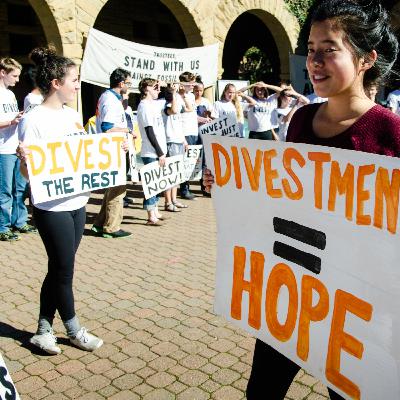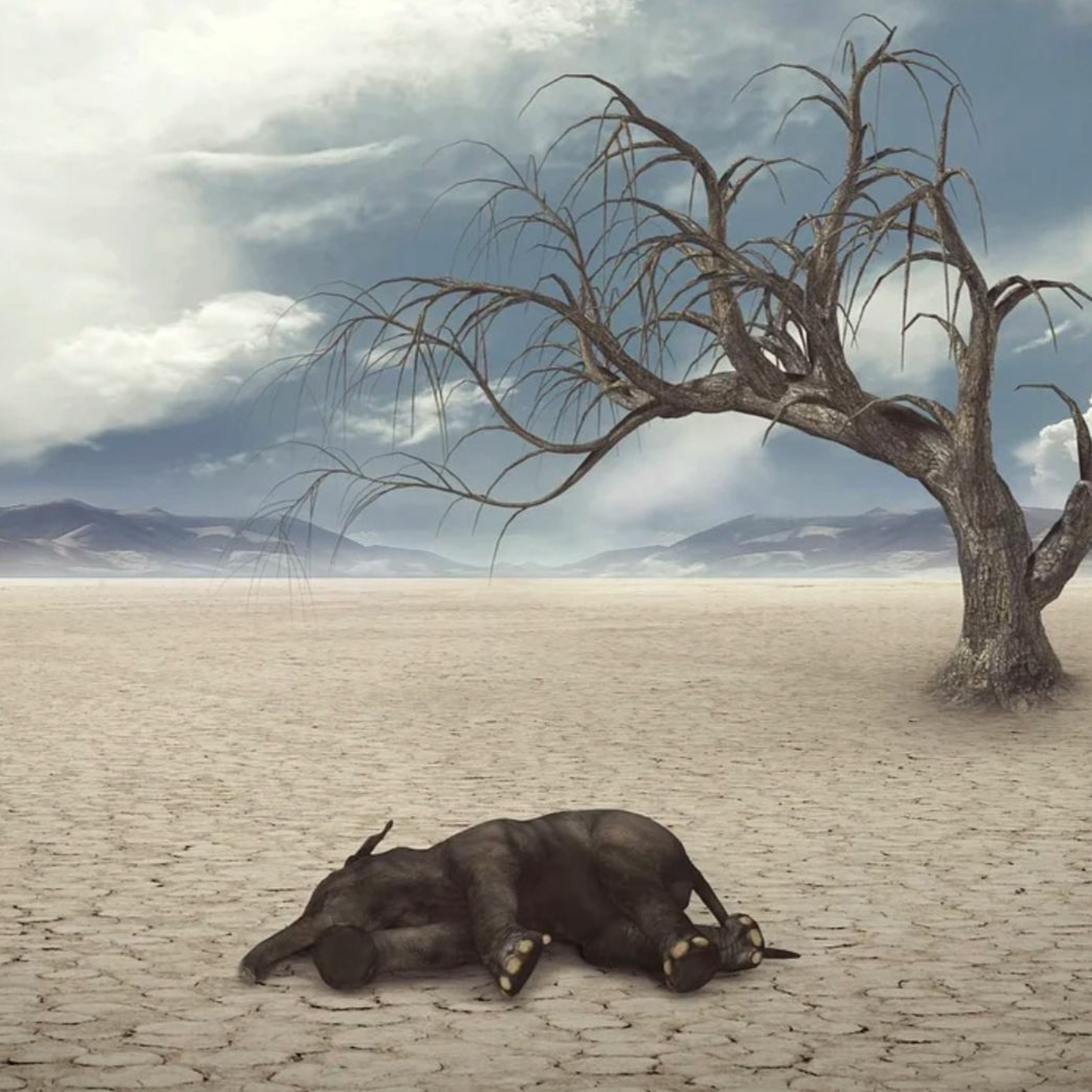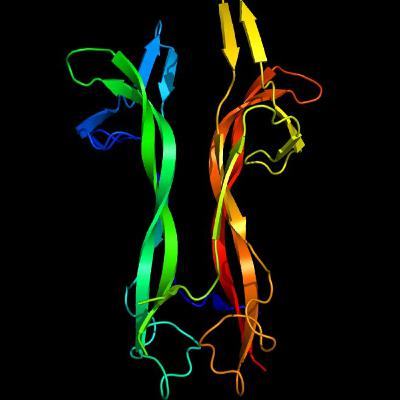SSC #13: Acid-loving Archaea - Past, Present and Future by Annika Brakebill and Nana Ansuah Peterson
Update: 2019-11-13
Description
Picture an active, bubbling volcano, or, if you can, a hydrothermal vent, or even perhaps a cauldron full of boiling hot water into which you now add some acid. Do you particularly associate this imagery with life? It’s hard to imagine that there could be living things in these conditions, yet there are microbes that eat, breathe, and flourish in these places. These bugs are extremophiles, literally, lovers of the extreme. How do they survive and thrive in their intense home environments?
In this podcast episode, Annika and Nana Ansuah interview Dr. Paula Welander, a Stanford professor whose research lies at the intersection of geology and microbiology, about her recently published paper on extremophiles called Sulfolobus acidocaldarius. Her group showed for the first time that a modification in the membranes of Sulfolobus allows it to live in its extreme home--the hot acid soup you pictured above--and to survive when these conditions fluctuate. Dr. Welander also takes us through her path to geomicrobiology and how her work can inform investigations about life on the ancient earth.
Many thanks to Dr. Welander for the interview!
Image credit:
“Microbial mat” by Supercarwaar is licensed under CC BY-SA 4.0
Music credits:
“Vivaldi Winter mvt 1 Allegro non molto - The USAF Concert.ogg” by Antonio Vivaldi performed by The USAF Concert Band and Singing Sergeants is licensed under CC-PD-Mark.
“jazzy whatever” by Annika Brakebill.
In this podcast episode, Annika and Nana Ansuah interview Dr. Paula Welander, a Stanford professor whose research lies at the intersection of geology and microbiology, about her recently published paper on extremophiles called Sulfolobus acidocaldarius. Her group showed for the first time that a modification in the membranes of Sulfolobus allows it to live in its extreme home--the hot acid soup you pictured above--and to survive when these conditions fluctuate. Dr. Welander also takes us through her path to geomicrobiology and how her work can inform investigations about life on the ancient earth.
Many thanks to Dr. Welander for the interview!
Image credit:
“Microbial mat” by Supercarwaar is licensed under CC BY-SA 4.0
Music credits:
“Vivaldi Winter mvt 1 Allegro non molto - The USAF Concert.ogg” by Antonio Vivaldi performed by The USAF Concert Band and Singing Sergeants is licensed under CC-PD-Mark.
“jazzy whatever” by Annika Brakebill.
Comments
In Channel
























